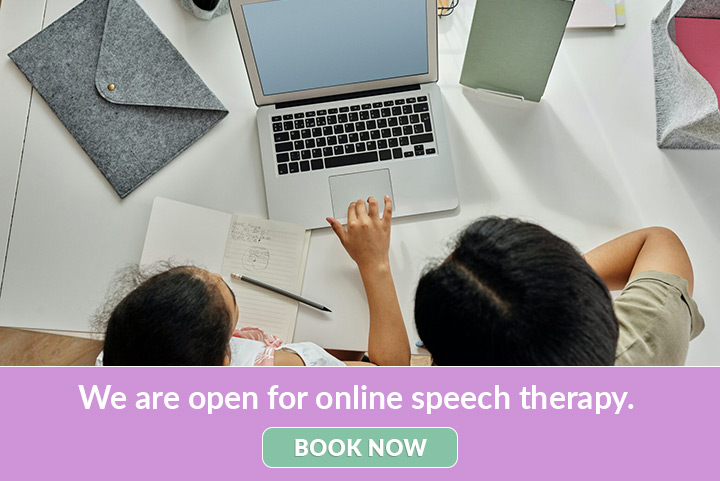What is Cerebral Palsy?
The National Institute of Neurological Disorders and Stroke (NINDS, 2013) describe Cerebral Palsy as an umbrella term referring to any of a number of neurological disorders that develop in infancy or early in childhood which permanently affect movement and muscle co-ordination. It can progress to different levels of severity as the child gets older.
Although muscle movement is affected, muscles and nerves are not the problem. Instead, difficulty stems from the brain where the areas of the brain that control muscle movement are damaged or are not typically developed.
Major Symptoms:
The way in which symptoms present themselves vary from child to child:
- A delay in developmental milestones such as sitting, walking, crawling, standing
- Excessive drooling
- Involuntary movements (e.g. movement of limbs that your child did not intend to move)
- Poor fine and gross motor co-ordination
- Stiff muscles, involuntary and exaggerated movements
- A lack of coordination of voluntary muscle movement (voluntary- movements that your child wants to make).
- Poor bladder or bowel functions
- May present with breathing, feeding or speech difficulties as a result of poor muscle control or movement for these tasks.
- Understand and use of language may also be affected to varying degrees
What CAINT can do?
As children with Cerebral Palsy are more at risk for speech and language difficulties, it is advised to have your child assessed at approximately age two. CAINT provide extensive assessment of your child’s speech and language and tailor a treatment plan specific to his/her areas of difficulty. The predominant aim of CAINT speech therapy service is to enable a child with cerebral palsy to effectively communicate thoughts and ideas. Difficulties in speech and language can range from mild to severe. CAINT work to improve your child’s speech by working on oral motor skills such as the range of movement and strength of oral structures needed for clear speech (e.g. tongue). Additionally SLTs will work on mouth, throat and jaw muscles as poor control or movement of these structures may result in feeding or breathing difficulties. CAINT also provide feeding or respiratory therapy (for breathing) if required. In terms of language, we can build upon your child’s vocabulary, and help them join words together to form sentences. In extreme cases where children’s speech and language skills are very limited, CAINT help a child to communicate through pictures, gestures, or specially designed computerized or non-computerized communication aids.

